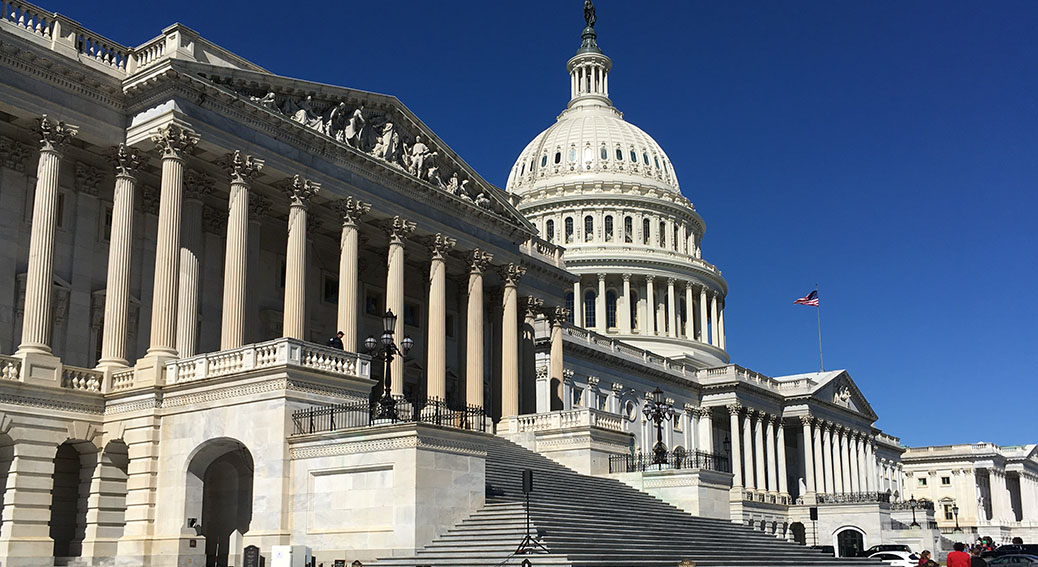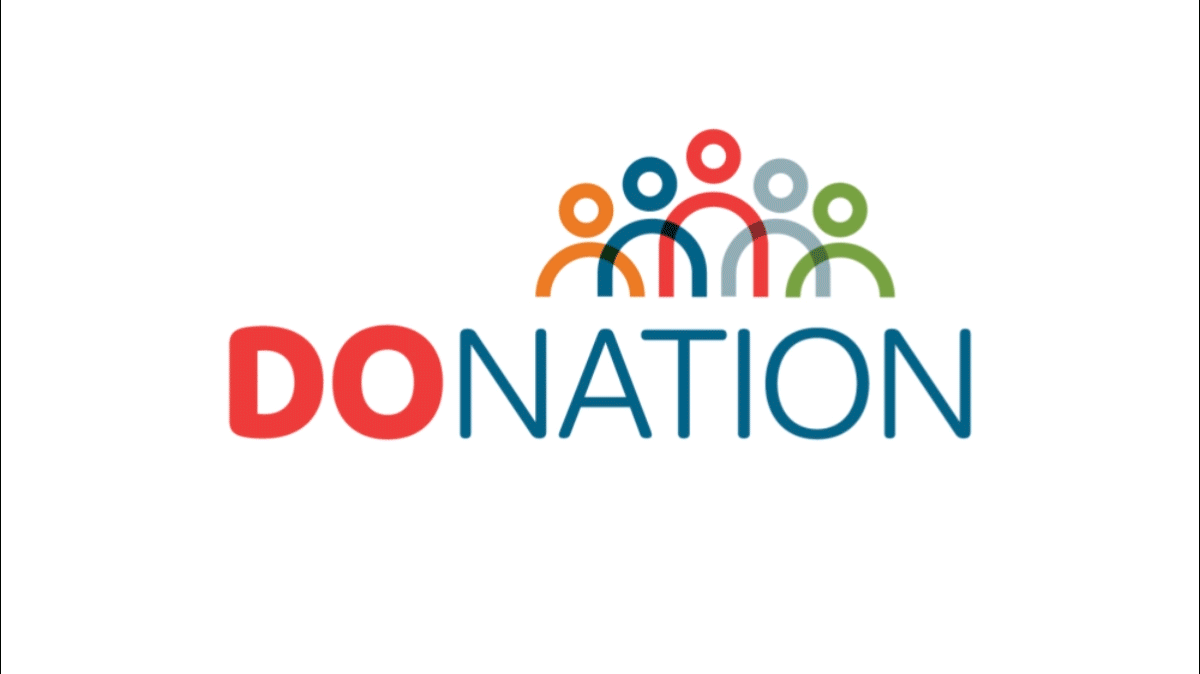After seven years (and 50 votes) to repeal and replace the Affordable Care Act (ACA), House Republican leaders and President Trump last Friday decided to pull the American Health Care Act (AHCA) bill when efforts to garner the necessary 216 votes for passage could not be achieved.
House caucus groups met Tuesday morning to regroup, reflect and prioritize their next steps related to the health care agenda. The outcome left a number of mixed messages and possible options:
- Bring the AHCA bill back and try again
- Revive the 2015 “repeal” bill that was passed by the House/Senate but vetoed by President Obama
- Bring the moderate Tuesday Group and conservative Freedom Caucus in to propose legislation
- Attempt to work with Democrats to “repair” the ACA
It is unclear if any of these options will come to fruition. We will continue to monitor these issues as well as vehicle bills that lift the moratorium on physician owned hospitals and possible Medicaid reforms which could arise related to block grants and per capita caps. Also, efforts to stabilize insurance markets will continue to be a focal point as the regulatory rules for 2018 must be addressed by May 2017.
In the coming weeks, Congress will be in session through April 7. Next week, lawmakers will focus on the Senate confirmation for Supreme Court nominee, Judge Neil Gorsuch. They will be on Easter recess April 10-21. The last week in April, Congress need to focus its attention on funding the government for the remainder of the fiscal year as the current continuing budget resolution expires on April 28. Moreover, Congress will need to extend the federal debt limit and consider reauthorization of Children’s Health Insurance Program (CHIP) later this fall.
The president and Republican leaders have stated that they want to move forward and tackle the complex issue of reforming the tax code. However, bridging the ideological divide that separates House Republicans may prove to be to be a bigger challenge than passing the AHCA, especially when considering how to reduce budget deficits and taxes in tandem.
Overall, we will continue to focus our attention on delivery system reform – moving toward providing integrated care, and transitioning from fee-for-service reimbursement to different forms of fee-for-value. There is no doubt that the “regulatory mechanisms” need to be refined. Alternative approaches that employ more innovated and creative options will ensure that we continue to advance healthy communities in South Dakota.
Our advocacy efforts with our Congressional delegation are ongoing as we share our members’ priorities for regulatory relief and legislative actions, including gaps in access to care, direct supervision requirements, requested delays with new regulations and the unnecessary penalties imposed under the survey process, all of which create unintended consequences for the effective delivery of health care. Moreover, President Trump’s first round of proposed budget cuts will negatively impact programs such as the Older Americans Act, Meals on Wheels and housing for seniors which must remain on our radar.
The 92nd Session of the South Dakota Legislature concluded with “veto day” on Monday. In all, the governor vetoed five bills and all were sustained and none of them were specific to health care.
Also, the Health Care Solutions Coalition met on March 9. The group’s primary focus is on exploring options to leverage the CMS policy related to coordination of care for Indian Health Service (IHS) patients to improve the amount of Medicaid funding paid for by the federal government. The fiscal impact on South Dakota’s state budget is more than $92 million annually. The next coalition meeting is scheduled for April 10.







